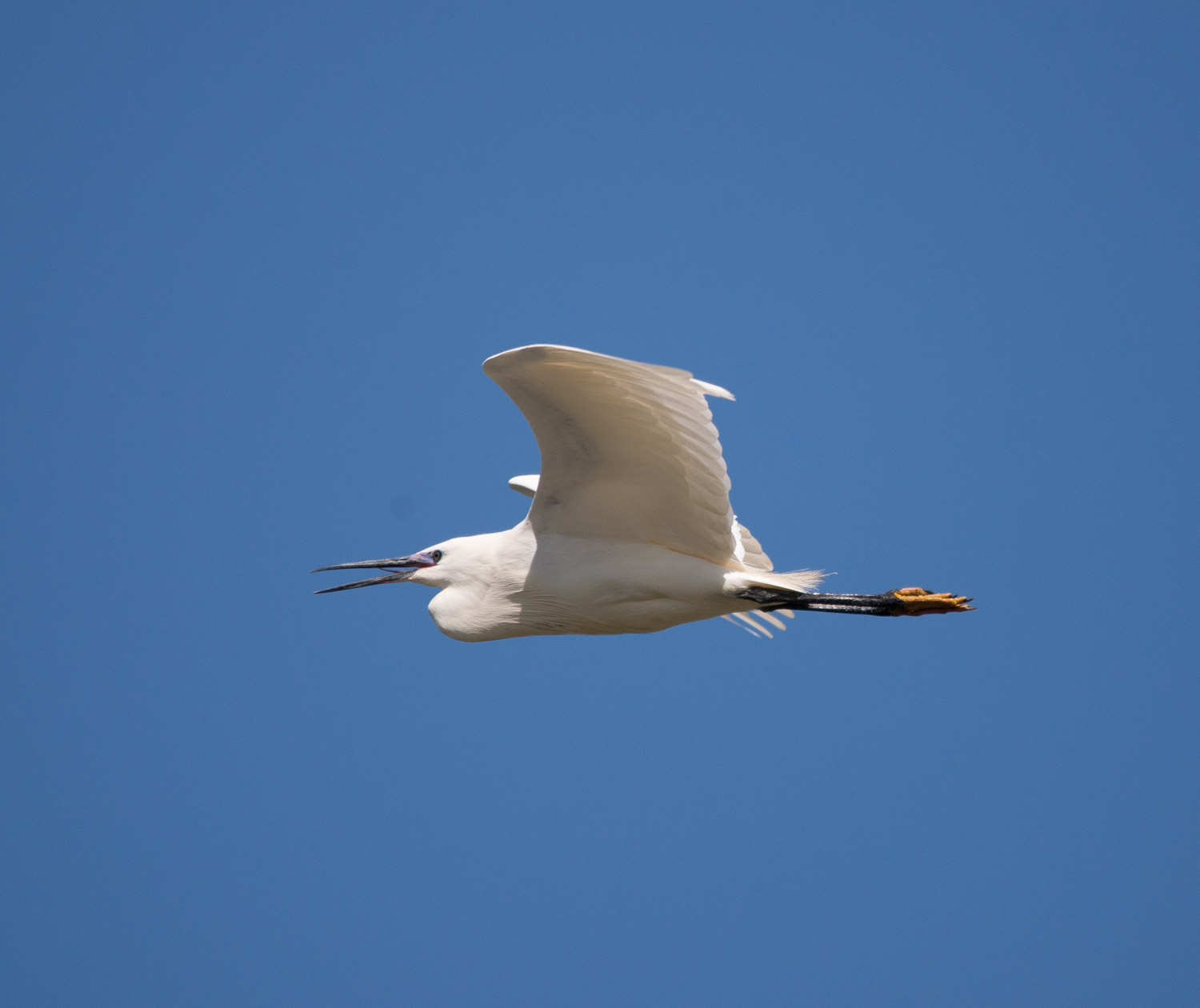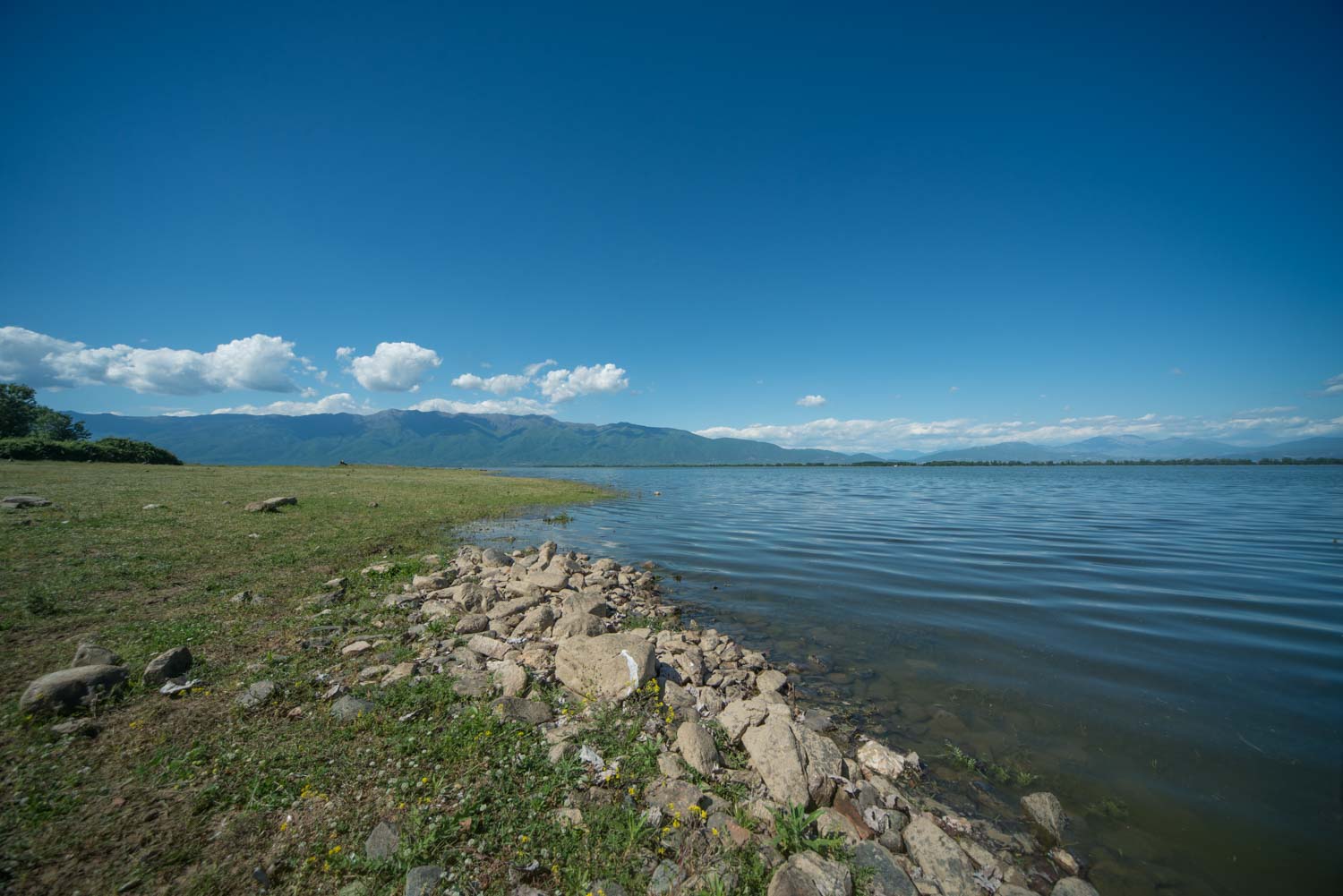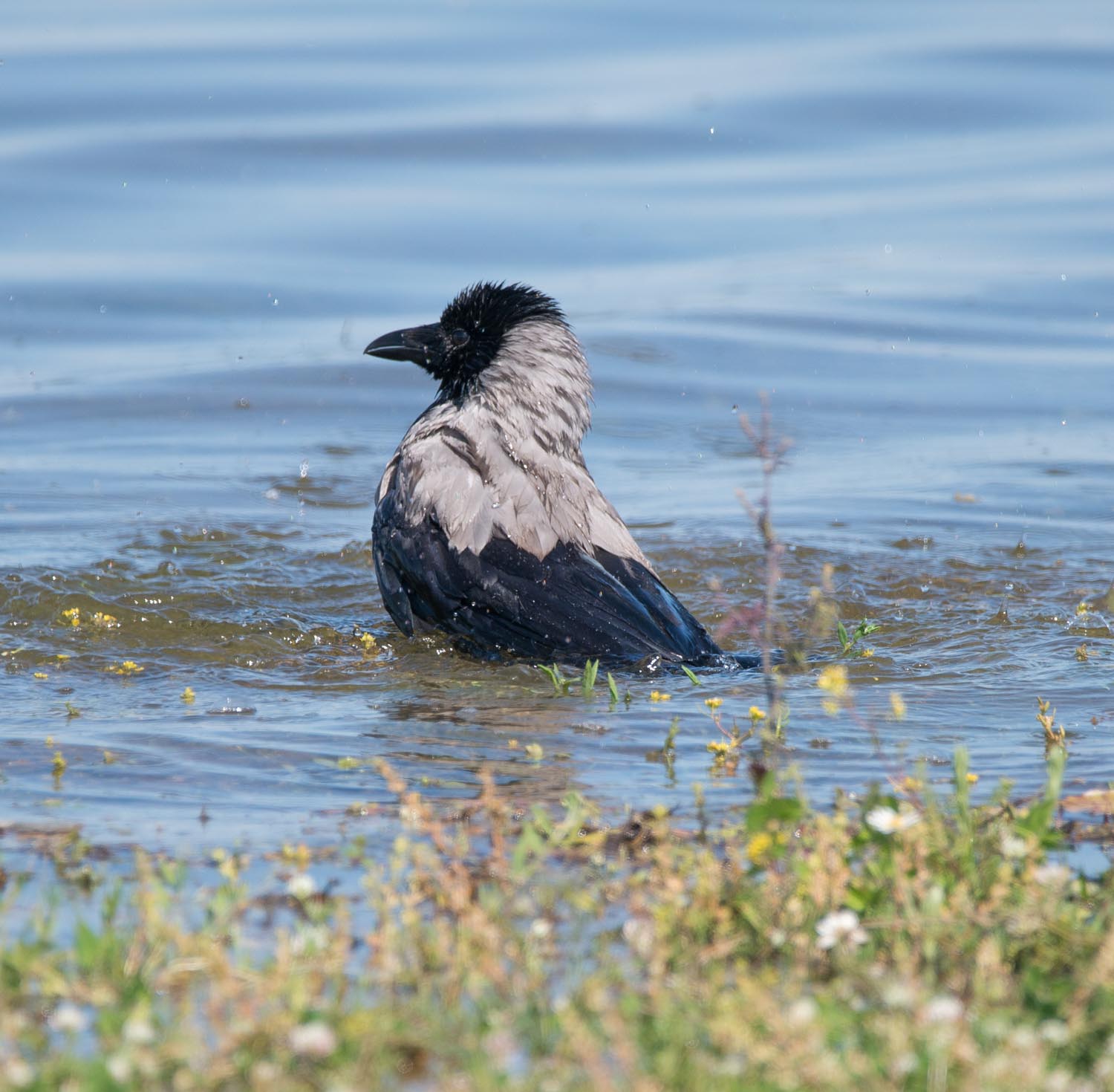Before we left Camping Ouzouni Beach I took the opportunity to ask Mrs. Ouzouni about stray dogs in Greece. The first thing she told me was not to assume that because a dog has a collar on it belongs to someone. The best that can be assumed is that it “used to belong to someone”. Apparently some families, when they don’t want a dog for some reason, take it to some location and just release it! There are many schemes in Greece where you can get street dogs neutered but often Greeks don’t avail themselves of the opportunity. Mrs. Ouzouni has had several of the local dogs neuteured and all her campsite cats are neutered.
One final interesting note about the Greeks and dogs is that many Greeks are afraid of dogs because in the old days, in particular, dogs were used as a kind of threat against children. For instance if a child wouldn’t eat its greens a grandmother might say “if you don’t eat your greens I’ll get the dog”!
So it sounds as if the Greek relationship with stray dogs is complex and perhaps over time the situation will improve.
Today we have driven to the very north of Greece, near the Bulgarian border. On the way, for the first time ever on our travels, we have seen a “beware of the boar” sign. Having seen the result of a boar versus car accident before, which didn’t end well for either, we kept our eyes peeled but luckily the boars kept away.

We have travelled to Lake Kerkini. Strictly speaking it is a reservoir rather than a lake, but it is a huge expanse of water and a very important wetland habitat for birds, including the rare Dalmation Pelican. I had identified a few potential wildcamping stops and the first one proved to be idyllic (41.163094, 23.188187). Parked on a clover meadow about 15 metres from the lake edge. With the mountains in the distance it felt almost alpine, except for the heat.

Both Sarah and I have spent the afternoon wandering on the banks of the lake, me, of course, with binoculars and birding lens at the ready. There has been nothing very new birding wise, except a pair of Turtle Doves which are a first for me. There are plenty of Pelicans to be seen through binoculars but none close enough for a good photo.

The amazing thing though is the quantity of bird life. At home I might see one or two Great Crested Grebes and Little Egrets on my local lakes but here there are literally dozens of pairs of each just within half a kilometre of shoreline. There has been added interest with terrapins and also frogs galore. I suspect it’s going to be a noisy night with the frog chorus.

The only slight problem has been a large mixed herd of cows, horses and mules, whose herdsman has been driving up and down the lake bank, each time past Basil. We’ve repeatedly had to close the door to prevent dog on cow action and it is really too hot to have the door closed for long.

Tomorrow we intend to cross into Bulgaria and hopefully find somewhere to stop in Sofia so we can explore it on Monday.

One extra birding fact, which I don’t think I have previously addressed in this blog, is the issue of the Carrion Crow. In Northern Europe we are all very used to seeing crows as birds totally black in colour, however in West and Southwest Europe it is replace by the closely related Hooded Crow which is a mixture of grey and black. The interesting thing is that they hardly overlap in their ranges. You either get black Carrion Crows or grey and black Hooded Crows but the two only mix in a very narrow band!


